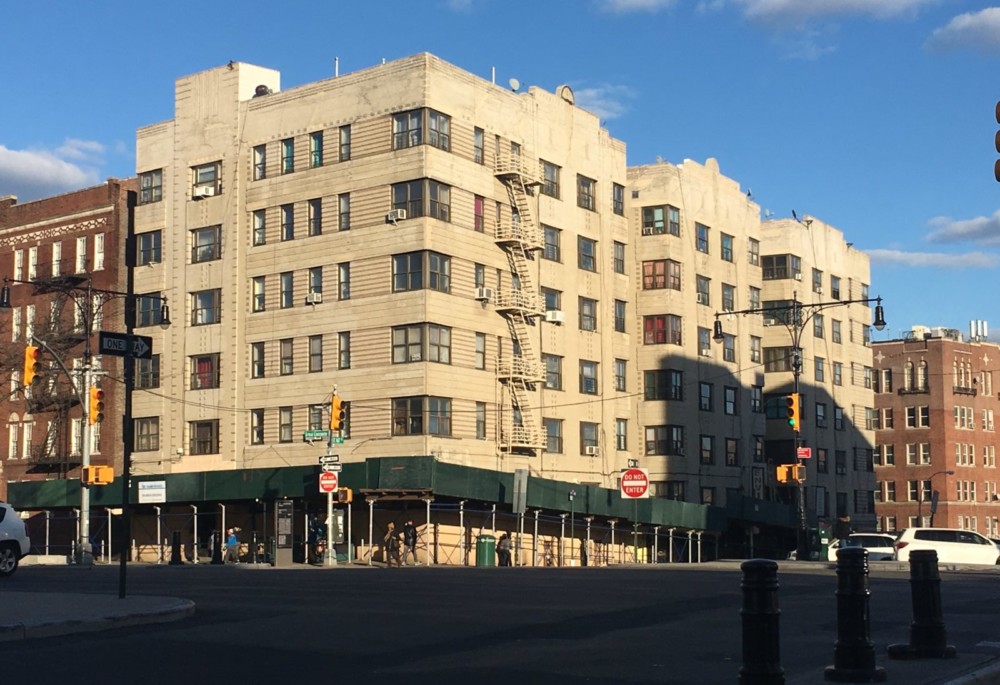Grand Concourse Historic District
The Grand Concourse Historic District encompasses 61 apartment houses that were built between 1917 and 1959 along the Grand Concourse, the major north-south artery of the West Bronx that was conceived in 1891 as a means of linking the park system of Manhattan with the rural Bronx. The development of apartment buildings along the Grand Concourse was precipitated by the completion of the Jerome Avenue subway, which made it possible for residents to commute to Manhattan, as well as the introduction of real estate tax exemptions. About half of the district’s apartment buildings were constructed following these two major developments, from 1922 to 1931, and were mostly designed in revival styles popular in Manhattan at the time, including Renaissance and Colonial Revival. The 1933 opening of the IND subway along the Grand Concourse sparked the Grand Concourse’s next building boom, which lasted until about 1945 and produced most of the remaining buildings in the district. Many of these were undertaken in the Art Deco and Moderne styles for which the district is famous. Charles Kreymborg & Son and Jacob M. Felson were the architects responsible for the greatest number of buildings found within the historic district, though it also features buildings by other illustrious architects of the day, including the prolific apartment building designer, Emery Roth. Despite a period of decline and deterioration lasting from the 1950s to the 1980s, the architectural character of the Grand Concourse survived and now serves as the backdrop to a diverse working class community with a large immigrant population.
